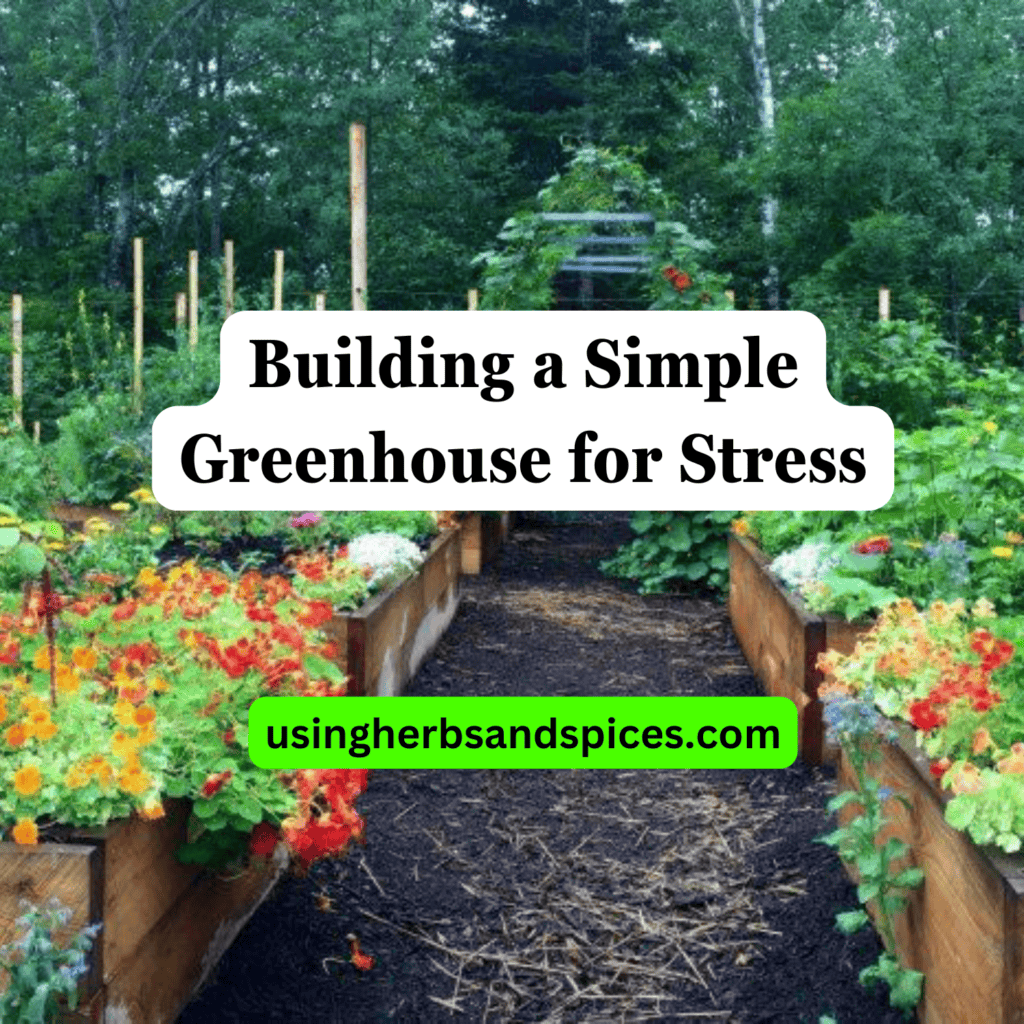Gardening can be challenging, but building a greenhouse offers an easy and efficient way to grow healthy plants, vegetables, and herbs. A greenhouse ensures that your crops are protected from unpredictable weather and pests while providing optimal growing conditions year-round.

Why Build a Greenhouse?
By having a greenhouse, you take control of your food production. You won’t have to rely on store-bought produce, which could be sprayed with pesticides or potentially be genetically modified (GMO). With a DIY greenhouse, you can grow a wide range of plants, knowing exactly how they’ve been grown and that they’re free from harmful chemicals.
Materials Needed to Build a Greenhouse
The materials you choose will depend on the size and design of the greenhouse. You’ll need basic tools like a hammer, saw, drill, and nails. The most common frame material is pressure-treated wood because of its durability against the elements like rain, sun, and snow. For the covering, many gardeners use glass, but alternatives like plexiglass or plastic are also popular. Plastic is affordable and allows adequate light to enter, making it a great option.
Size and Location of Your Greenhouse
Consider the location and size of your greenhouse based on the plants you intend to grow. Make sure the space gets ample sunlight and has good air circulation. For optimal sunlight, place your greenhouse on the south side of your house. Be mindful of trees or tall buildings that could cast shadows over the greenhouse, blocking sunlight.
Ventilating Your Greenhouse
Proper ventilation is crucial for maintaining a balanced temperature inside your greenhouse and providing fresh air for your plants. Lack of ventilation can lead to overheating, which can harm your plants. A good ventilation system will help control temperature, allow for pollination, and protect against pests. You can follow expert guides like those offered by Bill Keene to ensure your ventilation system is set up correctly.
Heating Your Greenhouse
Choosing the right heating system for your greenhouse depends on its size and whether it has electricity. You can use portable heaters, tube heaters, or even solar panels. For those without electricity, using thermal mass is an effective method to keep plants warm. This involves placing objects like rocks or black-painted barrels inside to absorb heat from the sun during the day, which is then released at night.
Irrigation for Your Greenhouse
Setting up an irrigation system will save you time and ensure consistent watering for your plants. Popular methods include drip tubing, which delivers water directly to the roots, and misters, which spray water across a larger area. A mat irrigation system can also be used, where plants sit on water-infused mats that deliver moisture as needed. Each system has its pros and cons, but all will help you maintain proper hydration for your plants.
Year-Round Gardening Made Easy
Building a greenhouse gives you control over your gardening environment, helping you grow healthier, more robust plants. Whether you’re a novice or an experienced gardener, having a greenhouse simplifies gardening, allowing you to grow organic, pesticide-free produce with ease. By choosing the right materials, location, ventilation, heating, and irrigation, you can create a thriving garden that yields year-round results.
